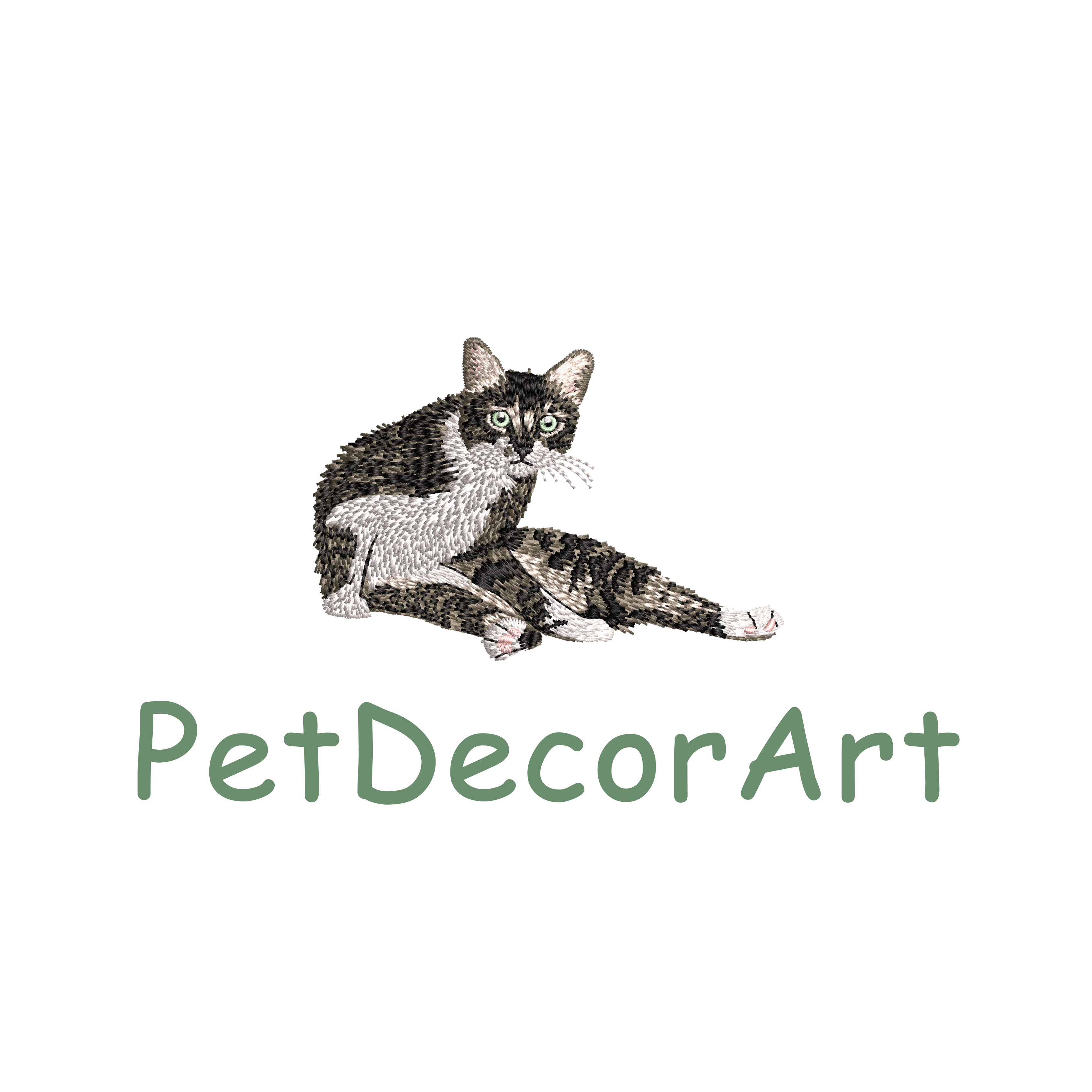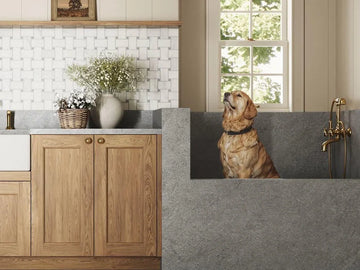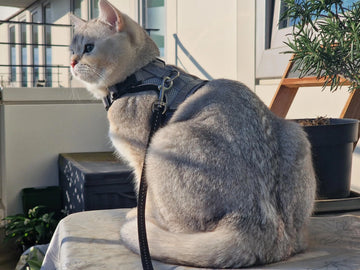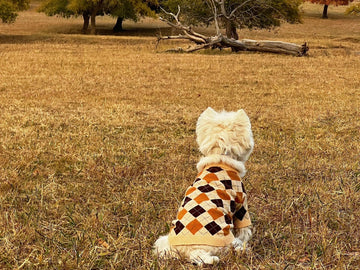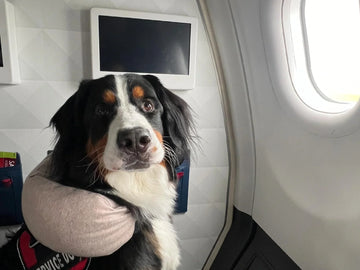Thinking mode: Before we buy baskets, before we pin inspiration, we ask three questions. What does calm look like in our home? Where does our pet actually spend time? And what is the minimum set of objects that delivers comfort, order, and beauty—without turning the space into a themed stage? Pet-friendly minimalism isn’t about hiding pets. It’s about designing a home that breathes, where every element earns its place for both people and animals.
Table of Contents
- 1. Principles: Less, But Kinder
- 2. Palette & Materials: Reading the Coat, Choosing the Surface
- 3. Layout: The Companion-Driven Floor Plan
- 4. Textiles & Rugs: Reduce Visual Noise, Keep Tactile Warmth
- 5. Storage: Capsule Toy Rotation & Quiet Entry Systems
- 6. Feeding, Water & Litter Zones: Clean Lines, Easy Care
- 7. Art & Memory: Elegant Ways to Honor Your Pet
- 8. Subtle Accents: Refined pet decorations that Belong
- 9. Light, Plants & Biophilic Pet Design
- 10. Five Styles, Five Minimal Pet Approaches
- 11. Small Homes & Rentals: Reversible Moves
- 12. Gentle Product Picks (Non-Sponsored)
- FAQ
- Conclusion
1) Principles: Less, But Kinder
Minimalism for people with pets isn’t about blank rooms. It’s about clarity. Clear sightlines. Clear routines. Clear roles for every object. Three principles guide decisions:
- Subtle, not literal. We avoid loud paw prints and cartoon bones. We express the bond through materials, form, and placement: a curve that echoes a whippet’s silhouette, a bouclé that resembles winter fur, a low bench where a cat naps in the sun.
- Function anchors elegance. A leash rail that saves three minutes each morning is more beautiful than any sculpture. Hide the utilitarian where possible, highlight only what adds character.
- Consistency calms. Repeat one wood tone, one metal finish, one accent hue. When pet items share the same visual grammar as the room, they read as design—not clutter.
2) Palette & Materials: Reading the Coat, Choosing the Surface
Thinking step: Build your palette from the animal first. Sample three tones from the coat—base, shadow, highlight—and translate them into sofa, rug, cushions. Pull an accent from the iris (olive, amber, glacier blue) for a single vase or frame. You get cohesion without kitsch.
Materials that survive love
- Upholstery: tight weaves and performance fabrics (crypton-like textiles, solution-dyed acrylic). Choose small-scale tweeds or salt-and-pepper blends that camouflage fur. New keyword: performance upholstery for pets.
- Rugs: washable flatweaves, indoor-outdoor textures, or vintage rugs whose pattern hides life’s honesty. Avoid high-pile; choose low contrast if you want serenity, micro-pattern if you want forgiveness.
- Wood & hard surfaces: matte, closed-grain finishes hide micro-scratches; sealed oak or ash, ceramic or porcelain near bowls, and limewash for walls that patina beautifully. New keyword: pet-safe finishes.
- Metals & hardware: choose one finish (brushed brass, blackened steel) and repeat. Pet items (hooks, rail, bowl stand) should match—cohesion reduces visual noise.
Decision test: If an item looks “pet item,” can it be reframed by finish, color, or proportion so it feels “room item”?
3) Layout: The Companion-Driven Floor Plan
Minimal spaces fall apart where routines bottleneck. Design circulation around real daily paths:
- Entry: a slim shoe bench with a hidden drawer for bags and a two-hook leash rail. A shallow tray for damp paws. Keep the top surface almost empty; calm starts at the door.
- Mud micro-zone: even 80–90cm of wall can host a tile panel, towel hook, and lidded bin for gear. It prevents the kitchen from becoming the landing zone.
- Window rights: design one vertical path (shelf, console, sill) to a sun perch. It looks intentional—and saves the sofa arm.
- Flow: push large pieces against walls to open a central runway for zoomies; choose rounded corners on coffee tables to soften traffic.
New keyword: pet-integrated floor plan. The goal is a plan that anticipates behavior so you don’t end up negotiating every hour with a broom.

4) Textiles & Rugs: Reduce Visual Noise, Keep Tactile Warmth
Minimalism needs warmth or it turns sterile. Texture is the quiet way to add soul without clutter:
- Throws & pillows: wool, cotton or boucle with tight loops (scratch-friendly bouclé). Two throws per room is plenty; fold them with intention so they read as design, not laundry.
- Rug strategy: one large rug unifies, runners guide movement. If you want a softer palette, keep pattern micro-tonal; if you want forgiveness, introduce small, rhythmic patterning.
- Curtains: linen blends filter light; hem them to clear the floor so dander doesn’t gather.
5) Storage: Capsule Toy Rotation & Quiet Entry Systems
Clutter is often not volume—it's visibility. Hide the bulk and rotate the few:
- Capsule toy rotation: keep 70–80% of toys stored, 20–30% in play. Switch weekly. Your pet experiences novelty; your room experiences quiet. Keyword: capsule toy rotation.
- Bins & baskets: match the room’s material story (felt for minimalist, cane for cottage, leather for modern classic). Lidded beats open—out of sight is immediate calm.
- Entry rail & bowl caddy: two hooks, one tray, one slender caddy for poop bags and wipes. That’s it. Systems win over aesthetics alone.
Thinking check: Does every pet object have a “home”? If not, you don’t have clutter—you have unmade decisions.
6) Feeding, Water & Litter Zones: Clean Lines, Easy Care
These are the visual danger zones. We make them serene by designing them like vignettes:
- Bowls: ceramic or stainless in a simple stand that matches your hardware finish. Slide a peel-and-stick tile or stone slab beneath for splash control; it reads like a tray, not a mess mat.
- Water: a wider bowl with a wall-wash light above can look intentional and add a soft glow at night.
- Litter cabinet sideboard: convert a cane-front sideboard with rear ventilation; place a washable runner leading to the entrance. Above, hang a small artwork so the scene feels like a styled corner.
Cleaning routine: 3 minutes morning/evening—wipe, sweep, refill. Minimalism is largely maintenance written into the plan.
7) Art & Memory: Elegant Ways to Honor Your Pet
Art is the most graceful way to say “they live here.” One hero piece per room is enough. A framed photograph or a painting can anchor a wall without tipping into sentimentality.
For weight and permanence, commission custom oil paintings. The tactile surface and layered color add depth a print can’t. Placed over a console with a slim picture light, it becomes a quiet focal point—the kind of presence that rewards a second look.
Prefer a lighter touch? Build a “pawtrait gallery wall”: one drawing, one silhouette, one small photo, all sharing frame tone. Keep spacing generous—negative space is the luxury in minimalism.

8) Subtle Accents: Refined pet decorations that Belong
Accessories should feel like they grew out of the room, not landed from a pet aisle. Choose one or two accents per space:
- A sculptural collar tray on the console, in the same metal as your lamps.
- A single embroidered cushion with a line-art profile, not a cartoon print.
- A discreet shadowbox holding a tag and ribbon, hung where light can graze it.
Curated options live here: pet decorations that use real materials (wood, linen, glass, metal) and sit comfortably among your existing pieces. Remember: one exquisite object is louder—in a good way—than ten cute ones.
9) Light, Plants & Biophilic Pet Design
Pets chase light; we design with it. Layer three types:
- Ambient: warm LED ceiling or cove lights on dimmers. Calm is a temperature as much as a style.
- Task: swing-arm lamps by the chair you share; picture lights for the portrait wall.
- Accent: floor-grazing light under the console or along a wall to trace textures and guide night routes.
Plants add life, but we keep them pet-safe and sculptural: olive tree, parlor palm, rosemary in clay pots. One plant per view beats a jungle of visual noise. Keyword: biophilic pet design.
10) Five Styles, Five Minimal Pet Approaches
Minimalist
Palette: bone, fog, graphite. One portrait, one perch, zero visible toys. Storage becomes architecture: a flush cabinet hides everything. Keywords: minimalist pet decor, quiet pet aesthetic.
Japandi
Oak, linen, paper lamps, limewash. Low platform bed with a matching pet daybed; a single ink-style study of your companion. Keyword: Japandi with pets.
Mid-Century Modern
Walnut and brass with playful color. A tapered-leg sideboard conceals litter; patterned runners camouflage life. Portrait art keeps the scheme grown-up.
Rustic / Cottage
Painted pine, botanicals, handmade ceramics. Peg rail for leads and straw hats; ticking-stripe cushion by the range. Choose soft matte glazes that age well.
Modern Classic
Paneled walls, marble console, tailored drapery. A single custom oil painting above a console with a brass picture light reads dignified rather than decorative.
11) Small Homes & Rentals: Reversible Moves
- No-drill rails for leashes and towels.
- Freestanding perches that double as plant stands.
- Peel-and-stick tile under bowls; washable runners along traffic lines.
- Art ledge rotation: one portrait, one abstract, one photograph—budget-friendly variety without holes.
Anchor with one elevated piece (portrait or sculptural object) and keep everything else quiet. Small spaces reward editing and repetition.
12) Gentle Product Picks (Non-Sponsored)
Thinking mode: choose durable, quiet, and coherent. The brands below are examples—swap for local equivalents while keeping the spec logic.
- Washable flatweave rug (runner + large size) — pattern density hides fur; borders reduce curl. Look for cotton blends or indoor-outdoor synthetics with soft hand.
- Performance sofa fabric — tight weave, >50k double rubs, stain-resistant finish, slipcover option for light colors.
- Lidded felt or cane baskets — one for toys, one for grooming; lids maintain calm lines.
- Low, heavy ceramic bowls in a finish that matches your hardware; pair with a stone slab or peel-and-stick tile “tray.”
- No-drill leash rail — adhesive or tension-mounted; two hooks are enough.
- Picture light over art — warm color temperature, dimmable; turns a portrait into evening ambience.
- Freestanding perch/bench — upholstered top, open shelf below for a basket; lives under a window, looks like furniture.
For a single statement, commission custom oil paintings and pair with one or two curated pet decorations. One hero + one whisper beats a chorus.
FAQ
How do I keep a minimal look when my pet has many toys?
Set a limit by volume, not by item. Use a lidded basket sized to your preference; anything beyond it returns to storage. Run a weekly capsule toy rotation. It’s kinder to the eye and more engaging for the pet.
Are white sofas impossible with pets?
Not if you plan. Choose performance fabric, removable slipcovers, and a throw along the favorite nap zone. Vacuum weekly; treat stains quickly. White can be the calmest option when the care is designed in.
What’s the most elegant way to include a litter box?
A ventilated sideboard with a discreet opening on the short side, a washable runner, and a small artwork above. Treat the area like a styled vignette; the eye reads composition first, function second.
How can I honor a late pet without creating a shrine?
Keep three elements: one portrait (photo or painting), one object (tag, ribbon), one seasonal flower. Place them where light grazes softly. Consider a single custom oil painting for an heirloom feel.
What’s a quick weekly routine that keeps everything calm?
Ten-minute loop: reset entry (hooks, tray), sweep feeding zone, fluff throws, wipe nose prints from glass, rotate toys, water the plant. Small habits keep minimalism alive.
Conclusion
Pet-friendly minimalism isn’t an aesthetic trick. It’s a set of decisions made with care: fewer objects, clearer lines, better routines, and a deeper respect for the animal who shares your home. When every choice answers both beauty and daily life, rooms become calmer, and relationships feel closer. Start with one move—perhaps a portrait light above a piece you love, or a leash rail that makes mornings gentle. Then add a single heirloom gesture like custom oil paintings, and a pair of refined pet decorations that speak quietly. The rest is discipline and tenderness, practiced daily.
